Moving to a new home can be an exciting adventure, but it also comes with the daunting task of packing up all your belongings. Proper packaging is key to ensuring a successful and stress-free move.
In this article, we will highlight common packaging mistakes people often make when preparing to move home and provide expert tips on how to avoid them. From selecting the right packaging materials to organising and labelling your boxes, we have you covered. Let's dive in!

Using the Wrong Boxes & Containers
Firstly, to ensure a successful and worry-free move, it is vital to use the right boxes! One of the most common mistakes people make is using inadequate or mismatched boxes that put their belongings at risk. To avoid this, it's crucial to invest in sturdy and appropriate boxes and containers. Here are some key things to consider:
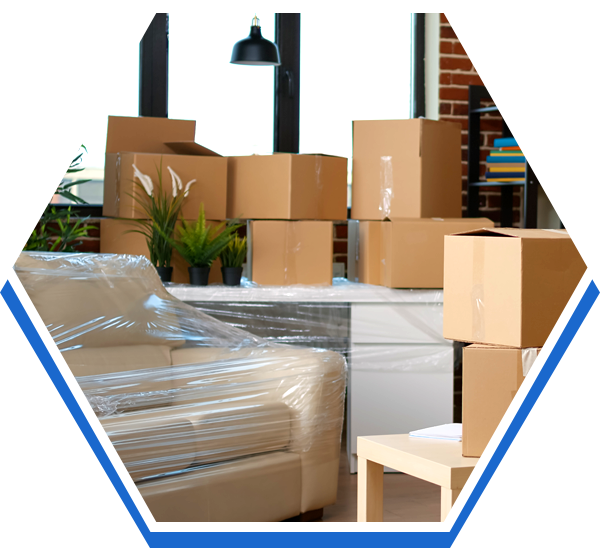
Use High-Quality Boxes
Opt for high-quality boxes specifically designed for moving. These boxes are constructed with durable materials that can withstand the rigors of transportation. Double wall boxes, in particular, offer added strength and protection, making them ideal for heavier or more fragile items. They are reinforced with an extra layer of corrugated cardboard, providing enhanced structural integrity. Single wall boxes, on the other hand, are suitable for lighter belongings and general household items.
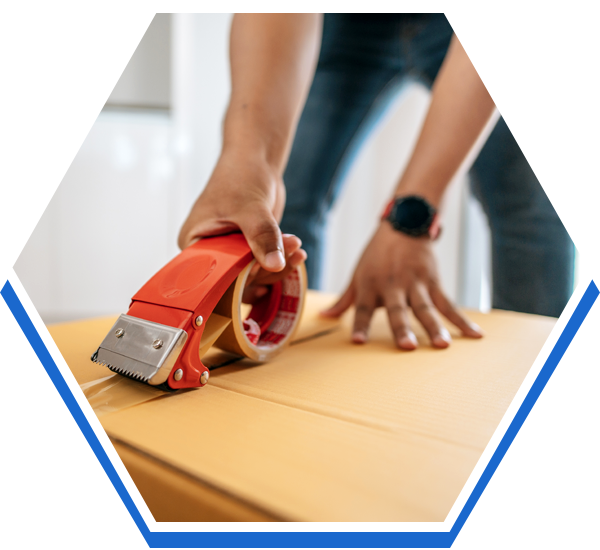
Pack With Appropriately-Sized Boxes
Place items in appropriately-sized boxes that allow for a snug fit. Avoid using oversized boxes that may lead to movement and potential breakage. If necessary, use dividers or partitions within the box to create compartments and keep items separated. This prevents them from colliding with each other during transit. Our removal kits come with boxes in a range of shapes and sizes to suit a variety of items.
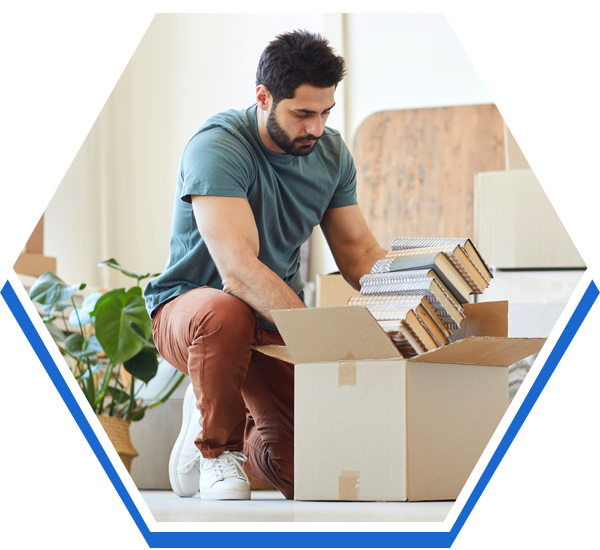
Avoid Overpacking or Underpacking Boxes
Similarly, when it comes to packing your boxes, finding the right balance is crucial. Overpacking or underpacking can both lead to potential problems during the move. Here are some tips to help you strike the perfect balance:
Even Weight Distribution
Distribute the weight of your items evenly within each box. This helps maintain the stability and integrity of the box during handling and transportation. Avoid placing all heavy items in one box, as this can make it difficult to lift and increase the risk of the box breaking. Instead, spread the heavier items among multiple boxes, ensuring that each box remains manageable to carry.
Avoid Overstuffing
While it may be tempting to fit as much as possible into each box, overstuffing can lead to problems. It can cause the box to bulge, weaken, or even burst open during transit. Avoid this by using appropriately-sized boxes and resisting the temptation to squeeze in more items than the box can comfortably accommodate. If you find that you have excess items, it's better to use an additional box rather than overstuffing a single box.
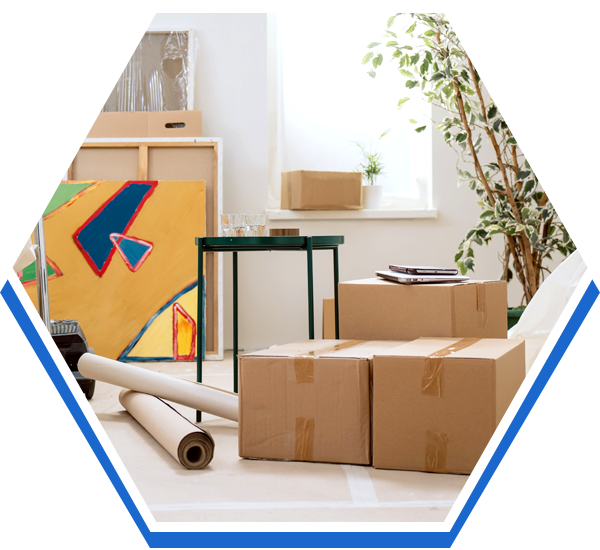
Utilise Speciality Boxes
Certain items require specialised boxes to ensure their safe transport. Consider using speciality boxes designed specifically for unique items. For example, wardrobe garment boxes come with a built-in hanging rod, making them perfect for transporting clothing without wrinkles or creases. Golf club boxes, meanwhile, are custom-made to store longer, thinner objects such as golf clubs, umbrellas, and cricket bats. Archive boxes are a great option for transporting documents, as their handles make them easy to move. Utilising these specialised boxes adds an extra layer of security and peace of mind.

Poor Organisation & Labelling
A well-organised packing system can make a world of difference when it comes to the unpacking process and getting settled into your new home smoothly. Unfortunately, one of the most common mistakes people make is packing items without any organisation or labelling. To avoid this, it's essential to implement an effective system for organisation and labelling. Here are some tips to help you stay organised:

Create a Labelling System
Invest in markers or adhesive labels to label each box clearly. Indicate the contents of each box and the room it belongs to. This simple step will save you significant time and effort when it comes to unpacking and locating specific items. By knowing exactly what's in each box, you can prioritise which boxes to unpack first and easily find what you need.
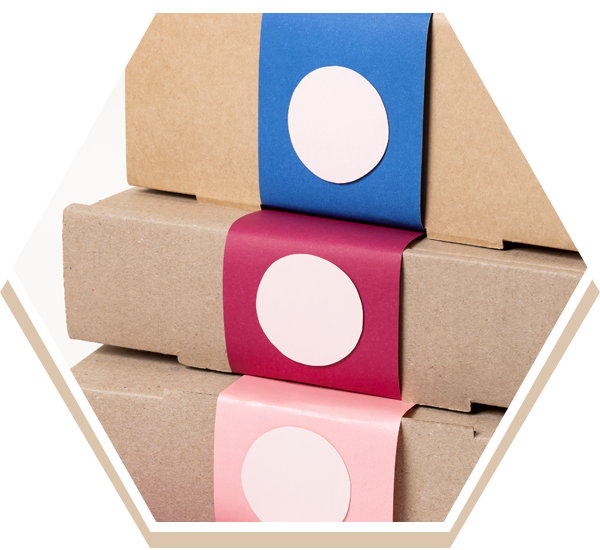
Consider Colour-Coding
Take your labelling system a step further by implementing a colour-coding system. Assign a specific colour to each room in your new home. For example, you can use blue for the kitchen, green for the bedroom, and red for the living room. Apply coloured tape to each box to correspond with its designated room, making it easy to identify and place the boxes correctly in your new home.
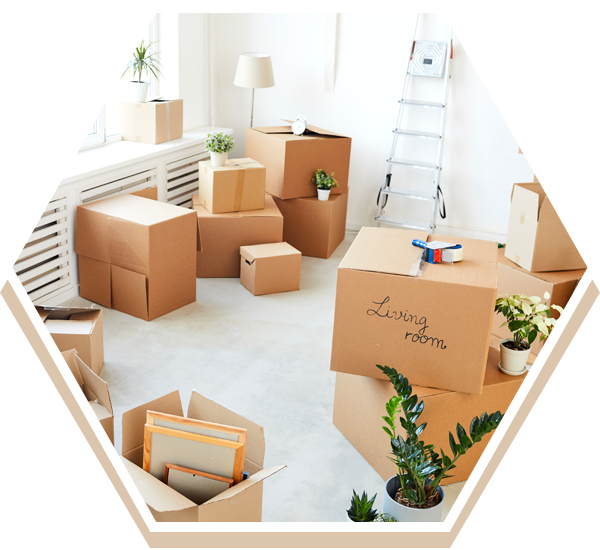
Room-by-Room Packing
When packing, focus on one room at a time. This approach helps keep items from different rooms from getting mixed up and makes the unpacking process more organised. Clearly label each box with the corresponding room name, such as "Kitchen," "Master Bedroom," or "Bathroom." This way, movers or helpers can quickly place the boxes in their designated areas during the move, saving you time and effort later.

Inventory Checklist
Consider creating an inventory checklist to keep track of your packed items. Assign a unique number or label to each box and list its contents on the checklist. This serves as a comprehensive reference and helps you locate specific items when needed. As you unpack, check off the items on the list, ensuring that nothing gets misplaced or left behind.

Insufficient Padding & Cushioning
When it comes to fragile items like glassware, ceramics, and electronics, providing adequate protection is crucial to safeguard them from damage during the move. Neglecting to properly protect these delicate belongings is a common packaging mistake that can lead to costly breakages. To ensure their safety, follow these essential steps:
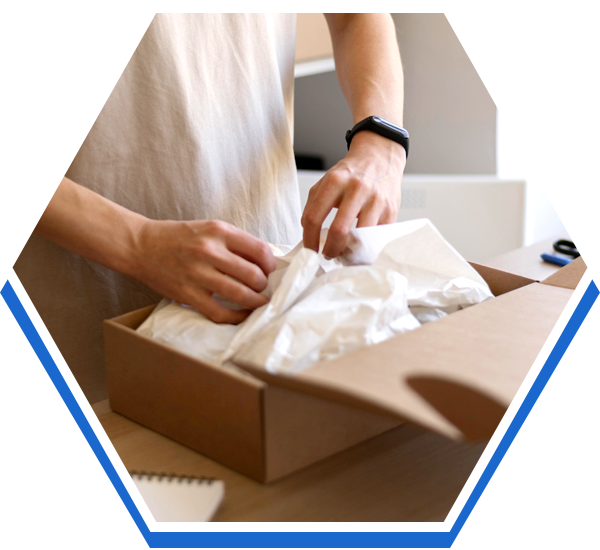
Wrap Items Individually
Take the time to wrap each fragile item individually. Start by wrapping them with bubble wrap, ensuring that the entire item is covered. Bubble wrap provides a cushioning layer that helps absorb shocks and vibrations during transportation. For particularly delicate or valuable items, consider using Jiffy foam wrap, which offers additional protection against impacts. Consider using packing paper such as newspaper offcuts and acid-free tissue paper for wrapping and interleaving to prevent chips and scratches on chinaware, crockery, and other delicate items. Wrap the items snugly but not too tightly to avoid putting excessive pressure on them.
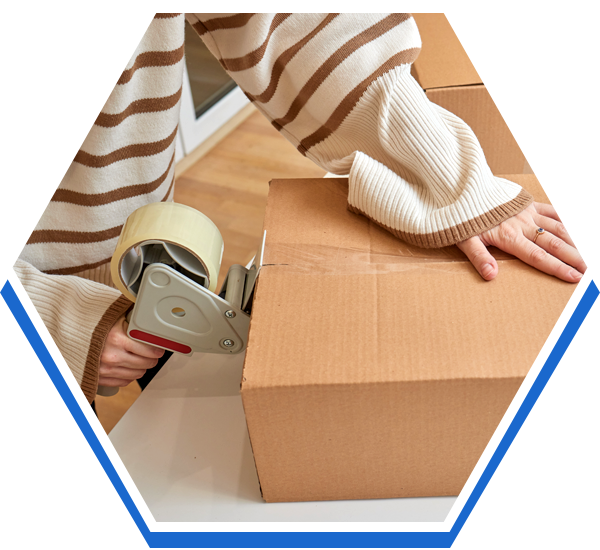
Pay Extra Attention to Corners
Pay special attention to the corners of fragile items, as they are most vulnerable to impact. Consider using additional padding materials such as polystyrene sheets or corner protectors, or foam or cardboard edge protection. These materials provide an extra layer of cushioning around the corners, minimising the risk of damage.
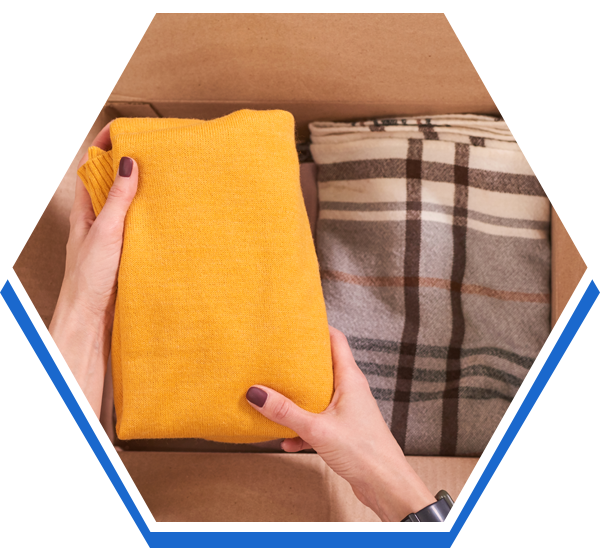
Fill Empty Spaces
Fill any empty spaces within the box using packing paper such as voidfill paper, packing peanuts, or air-filled packing pillows. These materials act as additional cushioning and prevent items from shifting or moving within the box. It's important to ensure that there is minimal movement during transport to reduce the risk of damage.

Incorrect Use of Tape & Sealing
Properly securing your boxes is essential to protect their contents and prevent any accidental openings during transit. Unfortunately, many people overlook the importance of using high-quality packing tapes and underestimate the necessary precautions. To avoid common mistakes and ensure effective box sealing, follow these tips:
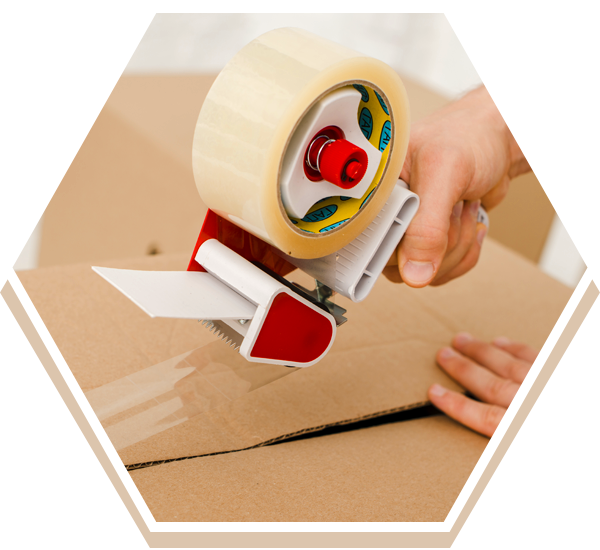
Invest in Reliable Packaging Tapes
Using high-quality packing tapes is crucial for a secure and durable seal. Opt for tapes specifically designed for packaging, such as ProLoc tape or vinyl extra strength tapes. These tapes are known for their strong adhesion and durability, ensuring that your boxes stay sealed throughout the move. Avoid using low-quality tapes that may fail to provide sufficient adhesion, risking the integrity of the seal.
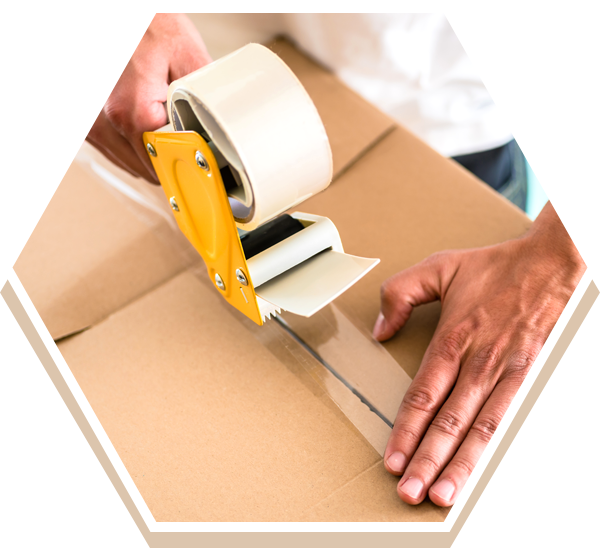
Sufficient Tape Coverage
When sealing your boxes, ensure that you use enough tape to create a strong and secure seal. Many people make the mistake of using insufficient amounts of tape, leaving the box vulnerable to accidental openings. Start by reinforcing the bottom of each box with an extra strip of tape, running it along the center seam. This additional layer of tape adds strength to the bottom of the box, providing extra support for heavier items.
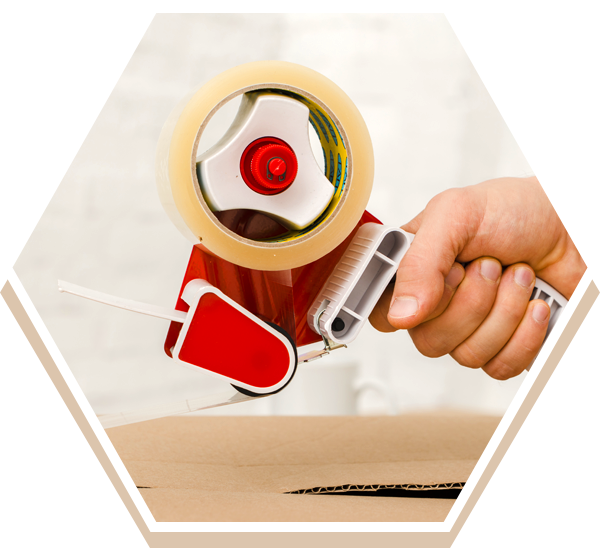
Tape Application along Seams
When sealing the top of the box, apply tape along the seams to create a secure closure. Be sure to overlap the edges of the tape to enhance the strength and stability of the seal. This overlapping technique helps distribute the stress across a wider surface area, reducing the likelihood of the tape peeling or the box opening during transit.
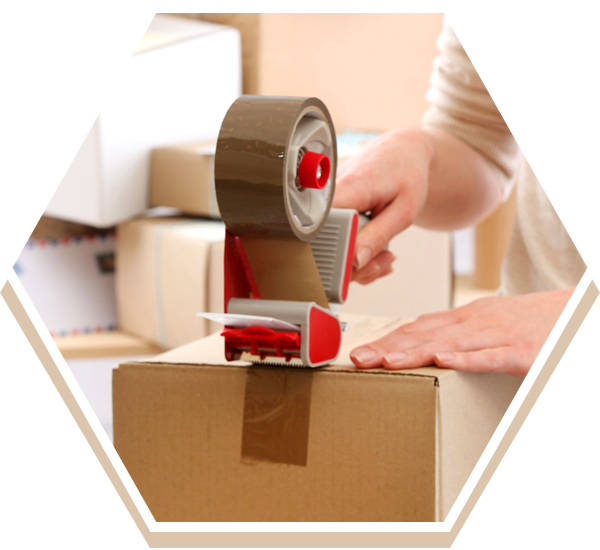
Additional Reinforcement
Depending on the weight or fragility of the contents, you may consider additional reinforcement to ensure the integrity of the seal. Adhesive products like glue dots or double-sided tape can provide extra reinforcement at strategic points, such as the corners or edges of the box. These products help secure the flaps and minimise any potential gaps that could compromise the seal.

Shop Packaging Supplies for Your Next Move
Follow our expert tips to avoid common packaging mistakes and ensure a smooth and successful move! You can also check out our previous article to learn more packaging tips for moving home. With the right packaging materials and awareness of these valuable insights, you can embark on your moving journey with confidence, knowing that your belongings are in safe hands.
Browse our complete range of high-quality packaging products – including our specialised removal kits designed specifically for the challenges of moving – to make sure that your next move is a breeze!





